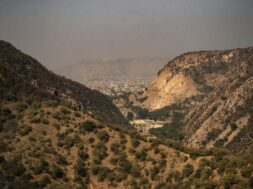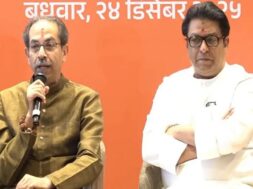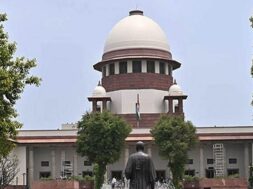
Virendra Pandit
New Delhi: India’s growth in terms of Gross Domestic Product (GDP) in the financial year 2021-22 is estimated to be in the range of 7.5 to 12.5 per cent, the World Bank said on Wednesday.
For the fiscal year 2020-21, which ended on Wednesday, GDP contraction was estimated at 8.5 per cent compared to a growth of 4 per cent during 2019-20, the Bank said in its report titled ‘Sour Asia Economic Focus Spring 2021: South Asia Vaccinates.’
The WB said the growth estimate for FY22 “depends on how the ongoing vaccination campaign proceeds, whether new restrictions to mobility are required, and how quickly the world economy recovers.”
As economic activity normalises, domestically and in key export markets, the current account is expected to return to mild deficits (around 1 per cent in FY22 and FY23) and capital inflows are projected by continued accommodative monetary policy and abundant international liquidity conditions.
“The Covid-19 shock will lead to a long-lasting inflexion in India’s fiscal trajectory. The general government deficit is expected to remain above 10 per cent of GDP until FY22,” the report said, adding this will result in public debt to peak at almost 90 per cent of GDP in FY21 before declining gradually thereafter.
As growth resumes and the labour market prospects improve, poverty reduction is expected to return to its pre-pandemic trajectory. “The poverty rate (at the $1.90 line) is projected to return to pre-pandemic levels in FY22, falling within 6 and 9 per cent, and fall further to between 4 and 7 per cent by FY24 (FY 2023-24),” it said.
About key conditions, the World Bank noted that the Indian economy was already slowing when the Covid-19 pandemic unfolded. After reaching 8.3 per cent in FY17, growth decelerated to 4 per cent in FY20. The slowdown was caused by a decline in private consumption growth and shocks to the financial sector (the collapse of a large non-bank finance institution), which compounded pre-existing weaknesses in investment.
Responding to the Covid-19 outbreak, the government implemented a nationwide lockdown, which brought economic activity to a near standstill in the first quarter (April-June of FY 21). The most impacted sub-sectors included aviation and tourism, hospitality, trade, and construction, but industrial activity was also deeply disrupted by mobility restrictions. Agriculture, however, remained mostly unaffected.
To mitigate the social and economic impacts of the Covid-19 induced crisis, the Reserve Bank of India (RBI) provided liquidity and other regulatory support (including forbearance measures). The government also increased spending on health and social protection through expenditure re-prioritising and fiscal expansion. Still, the sharp contraction in output between April and September 2020, is expected to have inflicted significant economic and social impacts.
The World Bank said the main risks to the outlook included materialisation of financial sector risks that could compromise a recovery in private investment and new waves of Covid-19 infections.
The spread of the virus and containment measures have severely disrupted supply and demand conditions. Monetary policy has been deployed aggressively and fiscal resources have been channelled to public health and social protection, but additional countercyclical measures will be needed, within a revised medium-term fiscal framework.
“Despite measures to shield vulnerable households and firms, the trajectory of poverty reduction has slowed, if not reversed,” the report said.















